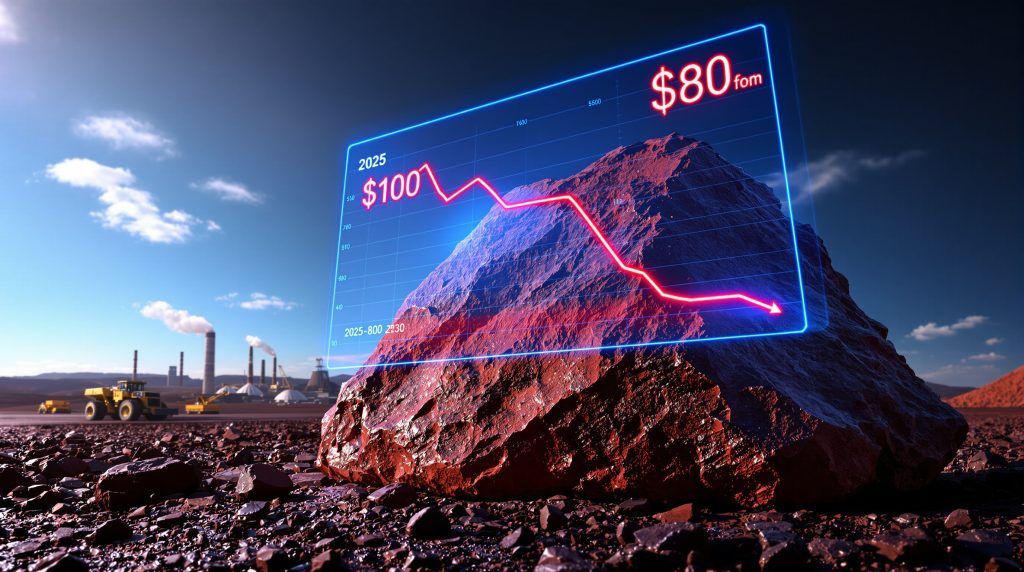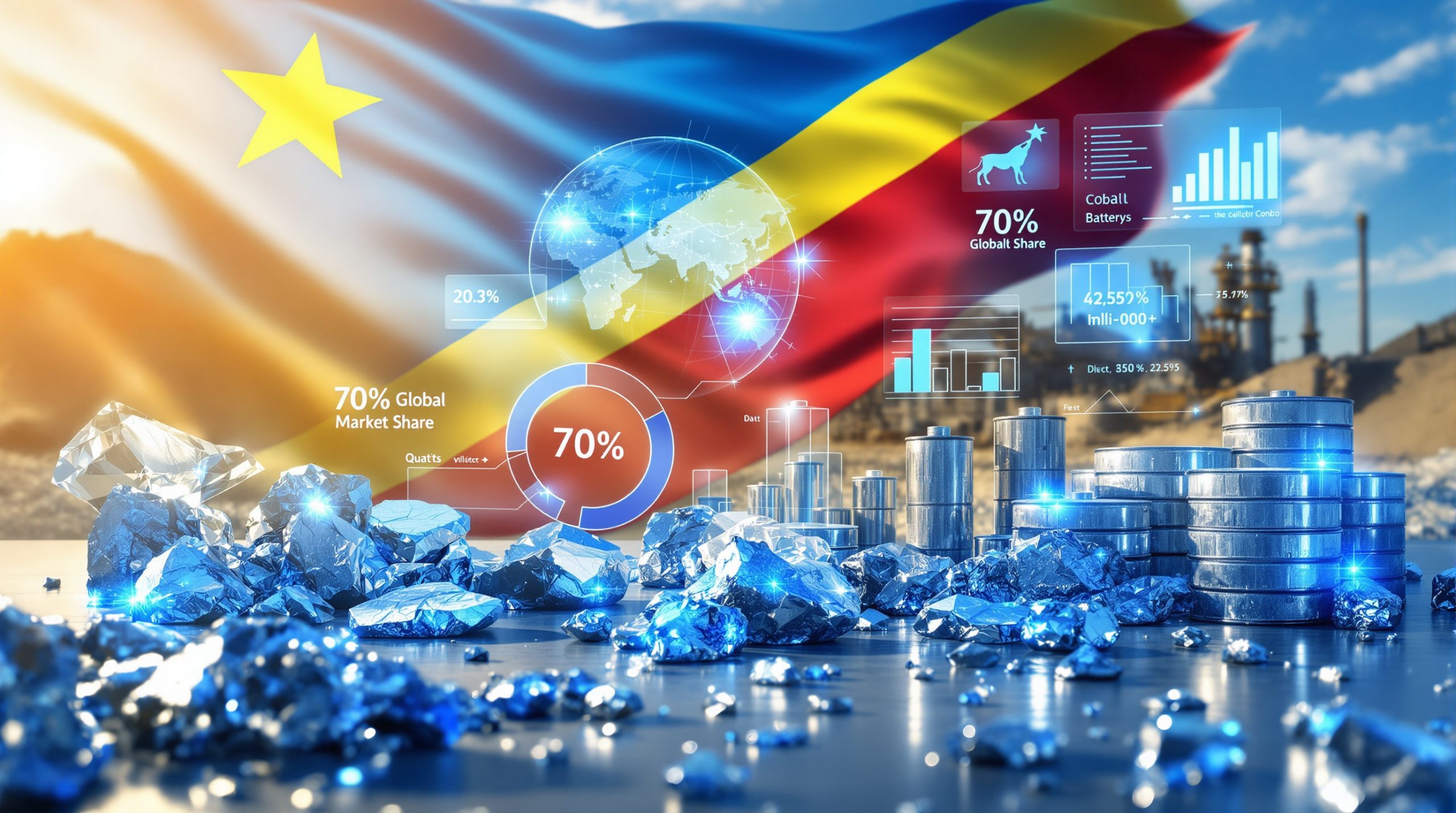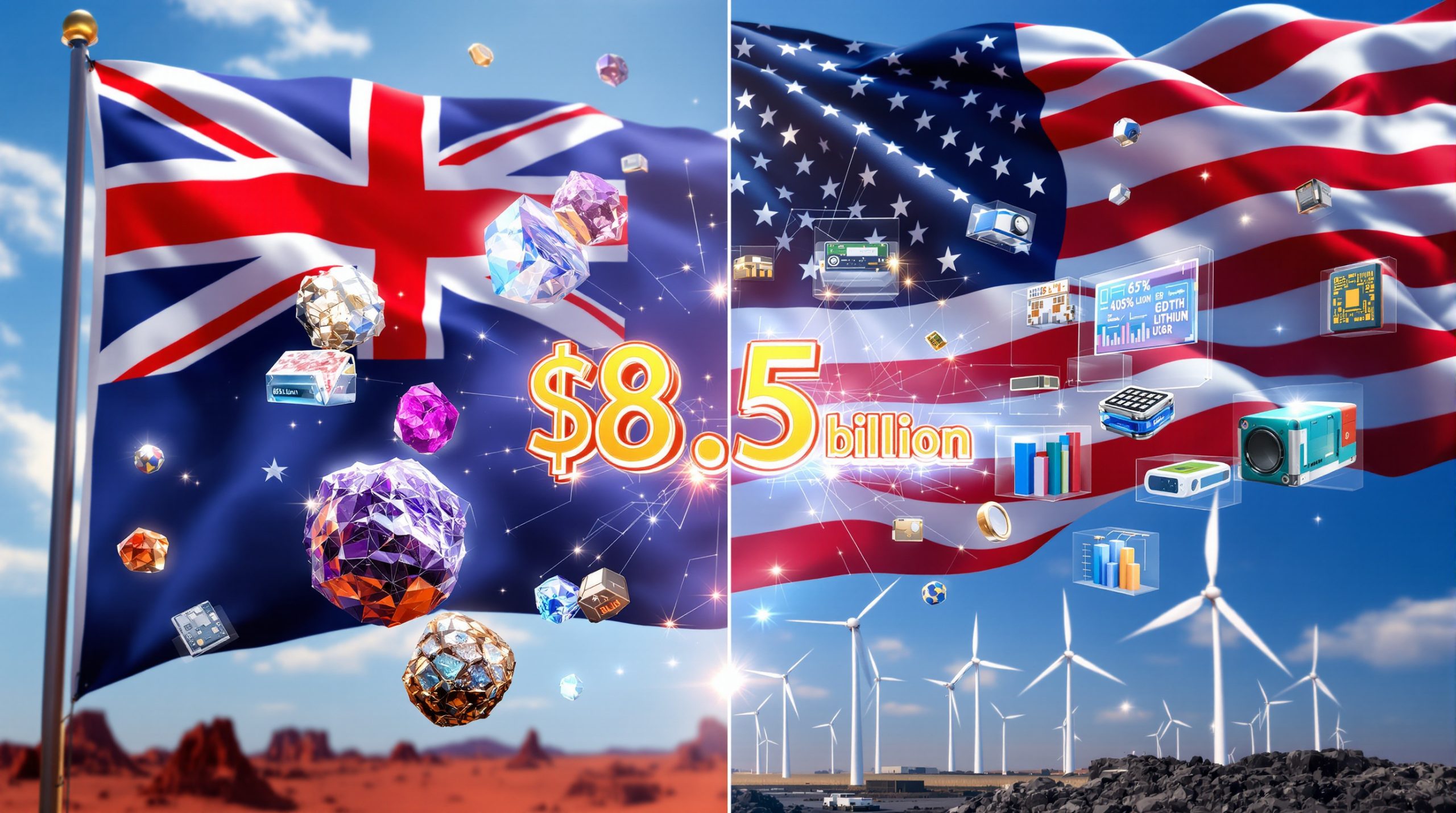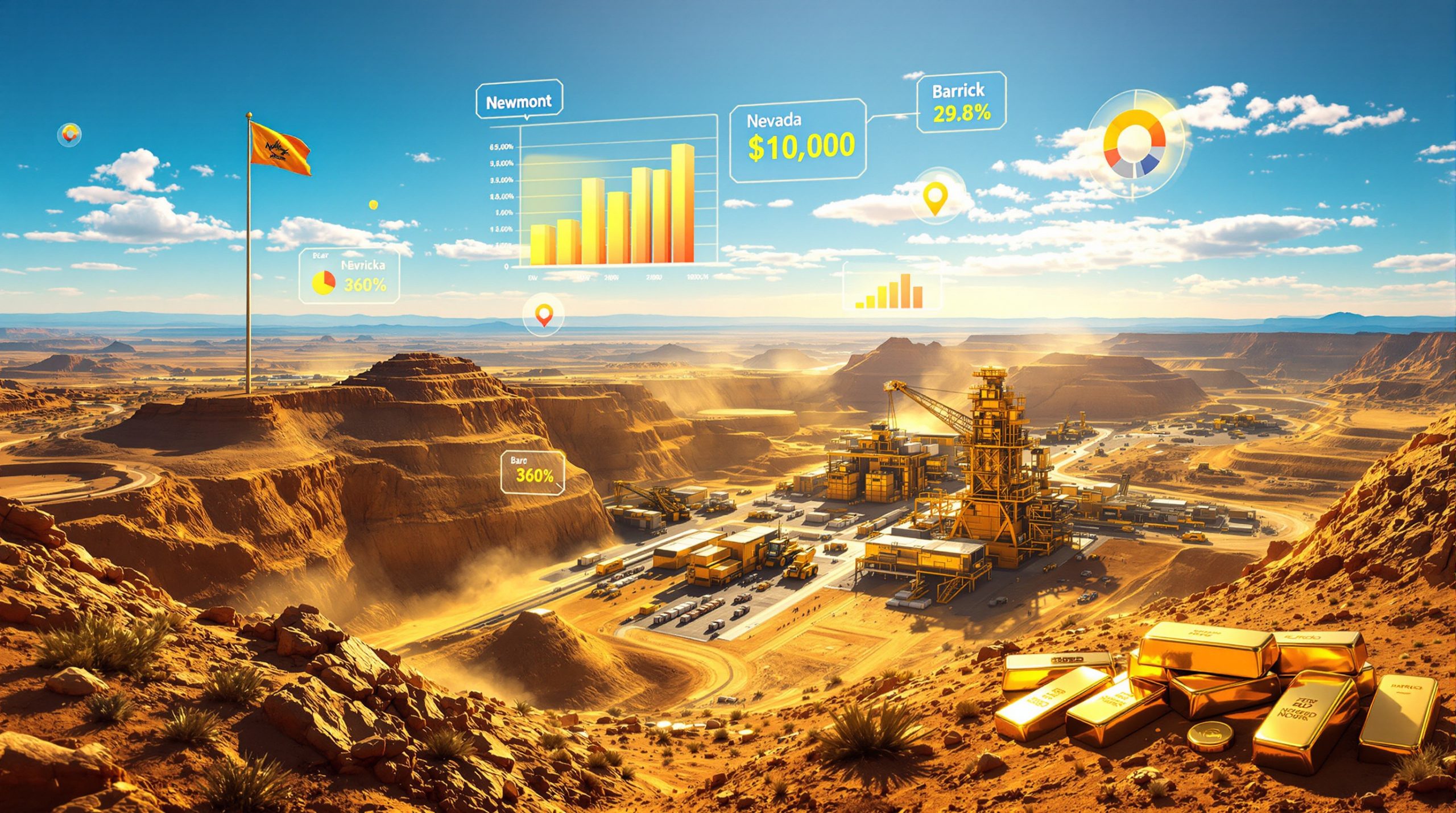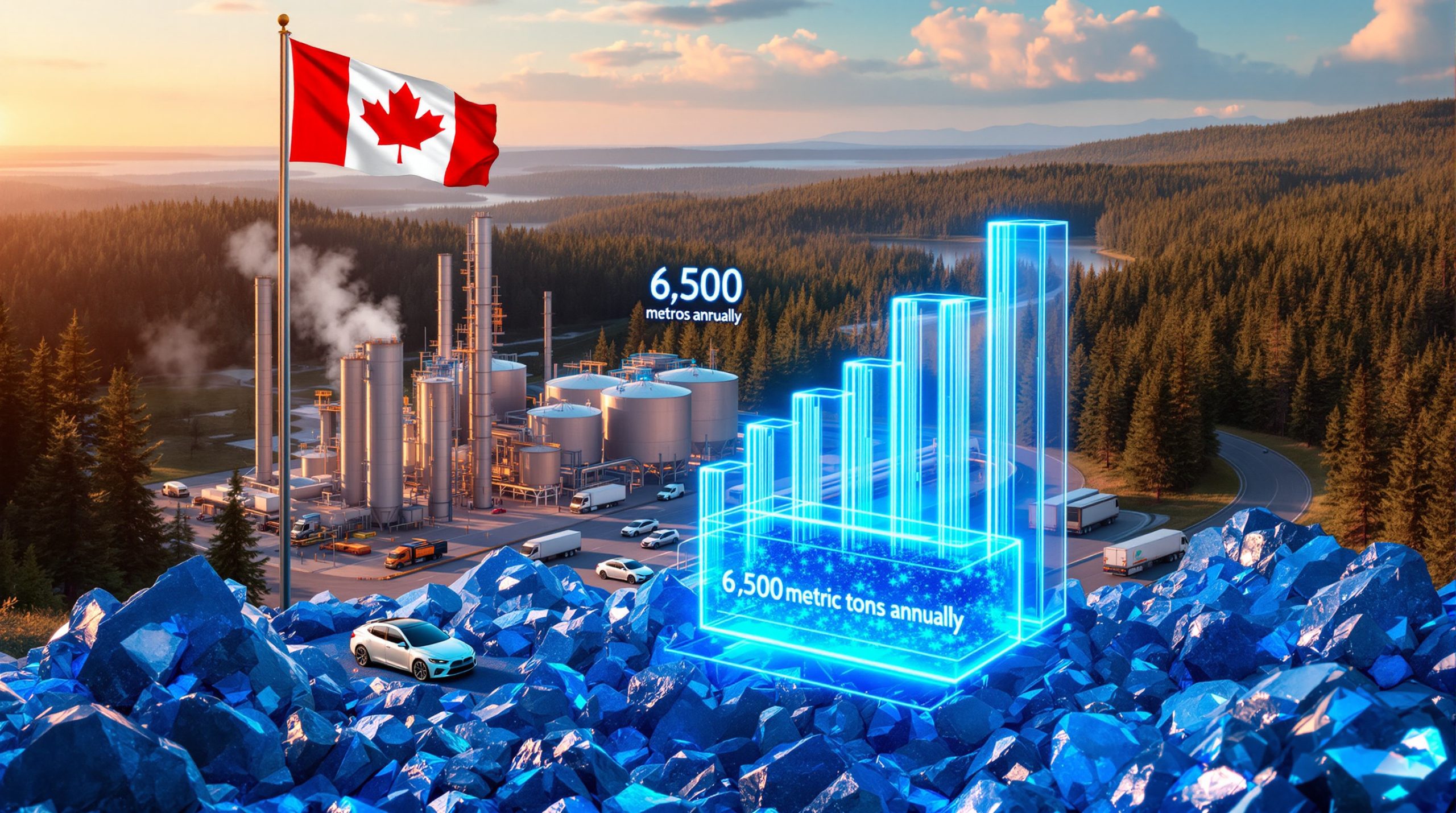Iron Ore Price Forecast: Market Analysis and Projections for 2025-2030
The essential raw material for steel production continues to experience significant price fluctuations driven by evolving global market dynamics. Current iron ore price trends suggest a gradual downward trajectory over the medium term, with prices expected to moderate from current levels as supply increases and demand growth slows. This comprehensive analysis examines the key factors shaping iron ore price projections through 2030.
Recent Price Movements and Near-Term Outlook
Iron ore prices have shown resilience in recent months, with benchmark prices hovering around $102-103 per metric ton as of September 2025. Goldman Sachs recently revised its fourth-quarter 2025 iron ore price forecast upward to $95 per ton from $90 previously, reflecting temporary market tightness and improved sentiment following trade policy adjustments.
What Factors Are Driving Iron Ore Price Forecasts?
Supply-Side Dynamics
Major Production Expansions
-
Australian Output Growth: Major miners continue to optimize operations and expand capacity in the Pilbara region, with Rio Tinto and BHP maintaining strong production rates despite labor constraints.
-
Brazilian Recovery: Vale's operations have stabilized following earlier disruptions, adding significant tonnage to global markets and targeting 400 million tons of annual production capacity.
-
African Developments: Guinea's Simandou project represents one of the largest untapped high-grade iron ore deposits globally, with phased production expected to impact market and deposit types from 2026-2027, potentially adding 150 million tons annually at peak capacity.
-
Production Cost Curve: Industry-wide efficiency improvements have lowered the global cost curve, with leading producers maintaining cash costs below $30 per ton, creating a more competitive supply environment.
Supply Concentration
-
The iron ore market remains dominated by a handful of major producers, with the top four companies (Rio Tinto, BHP, Vale, and Fortescue) controlling approximately 70% of seaborne trade.
-
New entrants face significant barriers to entry, including massive capital requirements often exceeding $10 billion for large-scale projects and extensive infrastructure needs such as rail lines and port facilities.
Demand-Side Factors
Chinese Steel Industry Transformation
-
Production Plateau: China's steel output appears to have peaked at approximately 1.03 billion tons annually, with government policies actively discouraging further capacity expansion.
-
Environmental Regulations: Stringent emissions targets are reshaping production methods and raw material preferences, with high-grade ore increasingly favored to reduce carbon footprint.
-
Property Sector Challenges: Ongoing structural issues in China's real estate market continue to dampen construction steel demand insights, with housing starts down approximately 15% compared to peak levels.
-
Infrastructure Investment: Government stimulus measures provide partial offset to property sector weakness, with transportation and energy infrastructure projects supporting steel consumption.
Emerging Market Demand
-
Indian Growth Trajectory: India's steel production capacity is expanding rapidly, with plans to reach 300 million tons annually by 2030, though from a smaller base of about 140 million tons currently.
-
Southeast Asian Development: Regional industrialization continues to support modest demand growth of 3-5% annually, particularly in Vietnam, Indonesia, and the Philippines.
-
Decarbonization Impacts: The global push toward greener steel production methods may alter traditional demand patterns, with electric arc furnace technology reducing direct iron ore requirements.
What Do Major Analysts Predict for Iron Ore Prices?
Medium-Term Price Projections (2025-2027)
| Year | Average Price Forecast | Range of Estimates |
|---|---|---|
| 2025 | $97-100/ton | $90-105/ton |
| 2026 | $90-95/ton | $85-100/ton |
| 2027 | $85-90/ton | $78-95/ton |
Long-Term Price Outlook (2028-2030)
| Year | Average Price Forecast | Range of Estimates |
|---|---|---|
| 2028 | $82-87/ton | $75-92/ton |
| 2029 | $80-85/ton | $73-90/ton |
| 2030 | $78-83/ton | $70-88/ton |
Analyst Consensus Trends
-
Declining Price Trajectory: Most analysts project a gradual downward trend in iron ore prices through 2030, reflecting structural market changes rather than cyclical factors.
-
Structural Oversupply: The market is expected to shift from relative balance to surplus as major new projects come online, with the Simandou project alone potentially adding 7-8% to global seaborne supply.
-
Price Floor Support: Production economics suggest sustainable long-term price levels around $70-75/ton, below which high-cost producers would exit the market.
-
Quality Premiums: High-grade, low-impurity ores are expected to command increasing premiums over the 62% Fe benchmark as environmental regulations tighten globally.
How Will Market Segmentation Impact Iron Ore Pricing?
Quality Differentiation
Grade Premiums
-
High-Grade Premium Expansion: Ores with 65%+ iron content are projected to command widening premiums over the 62% benchmark, potentially reaching $15-20 per ton by 2028.
-
Low-Grade Discount Deepening: Materials below 58% iron content face increasing market resistance and steeper discounts, potentially exceeding 30-40% of benchmark prices.
-
Impurity Penalties: Stricter environmental regulations are increasing penalties for phosphorus, silica, and alumina content, with each 1% of silica potentially reducing value by $2-3 per ton.
Pellet and Lump Premiums
-
Value-added products that improve blast furnace efficiency and reduce emissions continue to command significant premiums, with pellet premiums ranging from $30-45 per ton.
-
Direct reduction-grade pellets suitable for DRI/HBI production are gaining market share as green steel initiatives advance, commanding premiums of $45-60 per ton over standard fines.
Regional Price Variations
-
China Port Prices: Domestic logistics and inventory levels create temporary disconnects from seaborne benchmark prices, with differentials ranging from -$5 to +$8 per ton based on regional demand patterns.
-
Atlantic Basin Dynamics: European and Middle Eastern buyers often face different supply-demand balances than Asian markets, creating regional price variations of $3-7 per ton.
-
Freight Rate Impacts: Volatile shipping costs continue to influence delivered prices across regions, with typical Capesize vessel rates from Brazil to China ranging from $15-25 per ton.
What Are the Key Risks to Iron Ore Price Forecasts?
Upside Price Risks
-
Supply Disruptions: Weather events, operational issues, or regulatory interventions could constrain production, with each 10 million ton supply reduction potentially lifting prices by $3-5 per ton.
-
Accelerated Steel Decarbonization: Faster-than-expected transition to hydrogen-based steelmaking could increase demand for high-grade ores, supporting premium pricing.
-
Chinese Policy Shifts: Renewed infrastructure stimulus or relaxation of steel production controls could temporarily boost demand, particularly if combined with inventory restocking cycles.
-
Production Cost Inflation: Energy price spikes or carbon pricing could lift the global cost curve, with each $10/ton increase in production costs potentially raising the price floor by similar amounts.
Downside Price Risks
-
Faster Chinese Demand Erosion: Deeper property market correction or accelerated shift to electric arc furnace steelmaking could reduce ore consumption by 15-20 million tons annually beyond current projections.
-
Accelerated Supply Growth: Major producers exceeding production targets or faster Simandou ramp-up could add 20-30 million tons of unexpected supply annually, pressuring prices.
-
Global Recession: Broad economic slowdown impacting steel demand across multiple regions could reduce consumption by 3-5%, triggering inventory liquidation and price decline analysis suggests this could significantly impact market stability.
-
Trade Tensions: Escalation of protectionist measures could disrupt established trade flows, potentially stranding certain ore types in oversupplied regions.
How Will Iron Ore Market Dynamics Evolve Through 2030?
Industry Transformation
-
Consolidation Pressure: Margin compression may drive further industry consolidation, particularly among mid-tier producers with production costs exceeding $50 per ton.
-
ESG Focus: Environmental and social governance considerations increasingly influence investment and operational decisions, with carbon footprint reduction becoming a competitive advantage.
-
Technology Adoption: Automation, digitalization, and process optimization continue to reshape mining operations, with autonomous haulage systems potentially reducing operating costs by 15-20%.
-
Value Chain Integration: Vertical integration strategies gain prominence as producers seek to capture more value, with several major miners investing in steel production or beneficiation facilities.
Market Size and Growth
The global iron ore market is projected to grow at approximately 4% CAGR from 2025-2030, reaching approximately $313 billion by 2030. This growth reflects both volume increases and price effects, with the industry increasingly focused on value-added products and services rather than raw tonnage.
What Are the Investment Implications of Iron Ore Price Trends?
Producer Strategies
-
Capital Discipline: Major miners maintain focus on shareholder returns over aggressive expansion, with capital expenditure budgets typically limiting new projects to those with IRRs exceeding 15-20%.
-
Portfolio Optimization: Increasing emphasis on high-grade, long-life assets with favorable ESG characteristics, with several producers divesting higher-cost operations with challenging environmental profiles.
-
Cost Leadership: Ongoing operational efficiency programs to maintain competitiveness in a lower-price environment, with industry leaders targeting all-in sustaining costs below $35 per ton.
-
Diversification: Strategic moves into critical minerals and future-facing commodities, with copper, nickel, and lithium featuring prominently in diversification strategies.
Investor Considerations
-
Dividend Sustainability: Moderating prices may impact producer dividend policies over the medium term, with payout ratios potentially declining from current levels of 60-80% toward more sustainable 40-60% ranges.
-
Valuation Metrics: Price-to-earnings ratios likely to expand as earnings moderate from cyclical peaks, with the sector potentially trading at 8-10x forward earnings compared to historical averages of 6-8x.
-
Balance Sheet Strength: Companies with low debt and strong cash positions better positioned for the projected price environment, with net debt to EBITDA ratios below 1.0x considered optimal.
-
Growth vs. Value: Shifting investor focus from growth potential to sustainable free cash flow generation, favoring producers with disciplined capital allocation and operational excellence.
Conclusion: What's the Outlook for Iron Ore Prices?
The iron ore market appears to be entering a transitional phase characterized by moderating prices as supply growth outpaces demand expansion. While near-term prices remain supported by temporary factors, the medium-term forecast insights point to a gradual decline toward the $80/ton range by late decade.
This trajectory reflects structural shifts in the steel industry, particularly in China, as well as the impact of major new supply sources coming online. Quality differentiation is expected to become increasingly important, with premium products likely to maintain stronger pricing power than the broader market.
For market participants, adaptability to changing industry dynamics will be crucial. Producers focused on high-quality products, operational efficiency, and strong customer relationships are likely to outperform as the market evolves through 2030.
Market Cyclicality and Investment Timing
While the long-term trend suggests gradually declining prices, iron ore markets will likely continue to experience periodic supply-demand imbalances creating trading opportunities. Investors should watch key indicators including Chinese port inventories, steel mill profitability metrics, and major project development milestones to identify potential inflection points.
The most successful market participants will combine macroeconomic understanding with detailed market analysis of specific quality segments and regional dynamics to navigate the evolving landscape.
Looking for Early Warnings on ASX Mineral Discoveries?
Discover the next significant resource opportunity before the broader market with Discovery Alert's proprietary Discovery IQ model, delivering real-time notifications when companies announce potential game-changing mineral discoveries on the ASX. Explore our dedicated discoveries page to understand how early identification of major mineral finds has historically led to substantial investment returns.
